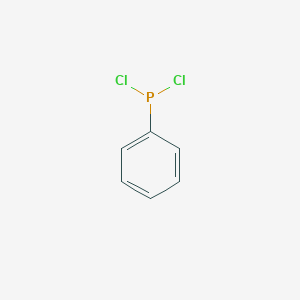Cotton mealybug, also known as whitefly or sweetpotato mealybug, is commonly known as “white moth†and belongs to the order Homoptera, Fructus Mydae, and Fructus nobilis, which are widely distributed around the world. In recent years, with the large-scale promotion of insect-resistant cotton, the dosage of cotton fields has been greatly reduced, and the occurrence of cotton mealworms has been increasing year by year. It has now become a major pest in the middle and late cotton growth stages; the affected cotton fields generally reduce production by about 10%. Severe up to 20 to 30%. The whitefly can occur 11-15 generations a year, with eggs, nymphs, and adults overwintering in the protected areas. In mid-May to early June, damage occurs in the cotton fields. From mid-August to late September, the peak period of damage is reached. With adult or nymphs gathered on the back of cotton leaves, sucking cotton sap, when the density of wormholes is large, yellow patches appear on the front of cotton leaves, causing a large number of beebells to fall off; in the meantime, adults or nymphs also secrete honeydew to make cotton. Leaves and bells are blackened and the fiber quality is reduced. The suitable temperature for the development of cotton mealybugs is between 24 and 28°C, and its parasitic range is very wide. Foreign reports can damage 420 species of plants in 72 families and are important pests of cotton, vegetables and flowers. Control methods: (1) trapping. Cotton mealybugs have a strong tendency to yellow and can be trapped using yellow plates. The specific approach is to use a yellow material made of appropriate size of the yellow plate, inserted in the field side, slightly higher than the cotton, apply oil on the board, usually 7 to 10 days once, can greatly reduce the cotton field population density. (2) drug kill. Can be mastered in the upper, middle and lower leaves of cotton, the average single leaf nymph reaches 16-20, 10% imidacloprid 1500-2000 times, 1.8% avermectin 1000-1500 times, 25% oxacillin 1000 ~1500 times liquid or 25% cotton insects 1500 times liquid spray. In addition, there are many species of natural enemies in the whiteflies, and there are currently forty-five predatory natural enemies (ladybugs, predatory mites, grasshoppers, predator mites, etc.) and parasitic natural enemies (Euphorbia pulcherrimus, Cymbidium nebulosa, etc.) 45 species. , should pay attention to the protection and utilization; timely removal of cotton fields Inside and outside the weeds, cotton pods, zucchini, wax gourds, pumpkins and other vegetables are not grown near the cotton fields; timely pruning, removal of the bottom leaf of the cotton, and removal of the waste leaves and leaves that are covered with insect pests, are buried deep outside the field or burned. Reduce the number of insects in cotton fields. Dichlorophenylphosphine Basic Information Phenylphosphonium dichloride,Diphenylphosphine chloride,Phenylphosphinic acid,2-hydroxyethylphenylphosphinic acid,Phenylphosphonic dichloride,Phenylthiophosphonochloride ShanDong YingLang Chemical Co.,LTD , https://www.sdylhgtrade.com
Product Name: Dichlorophenylphosphine
CAS: 644-97-3
MF: C6H5Cl2P
MW: 178.98
EINECS: 211-425-8
Mol File: 644-97-3.mol

Dichlorophenylphosphine Chemical Properties
Melting point: −51 °C(lit.)
Boiling point: 222 °C759 mm Hg(lit.)
Density: 1.319 g/mL at 25 °C(lit.)
Fp: >230 °F
Storage temp. :Store below +30°C.
Form: Liquid
Specific Gravity: 1.319 (20℃)
Color: Clear colorless to slightly yellow
Sensitive: Moisture Sensitive